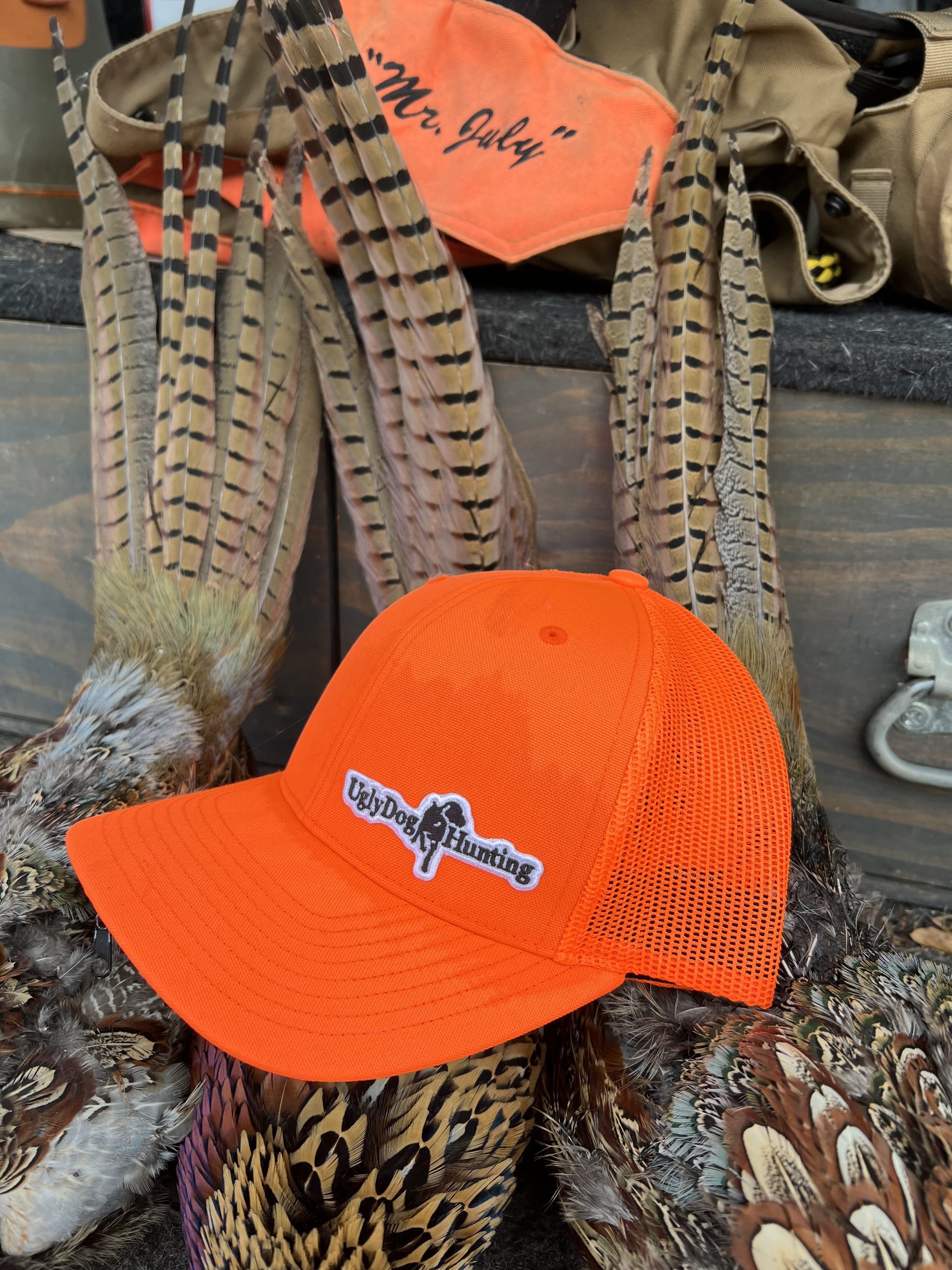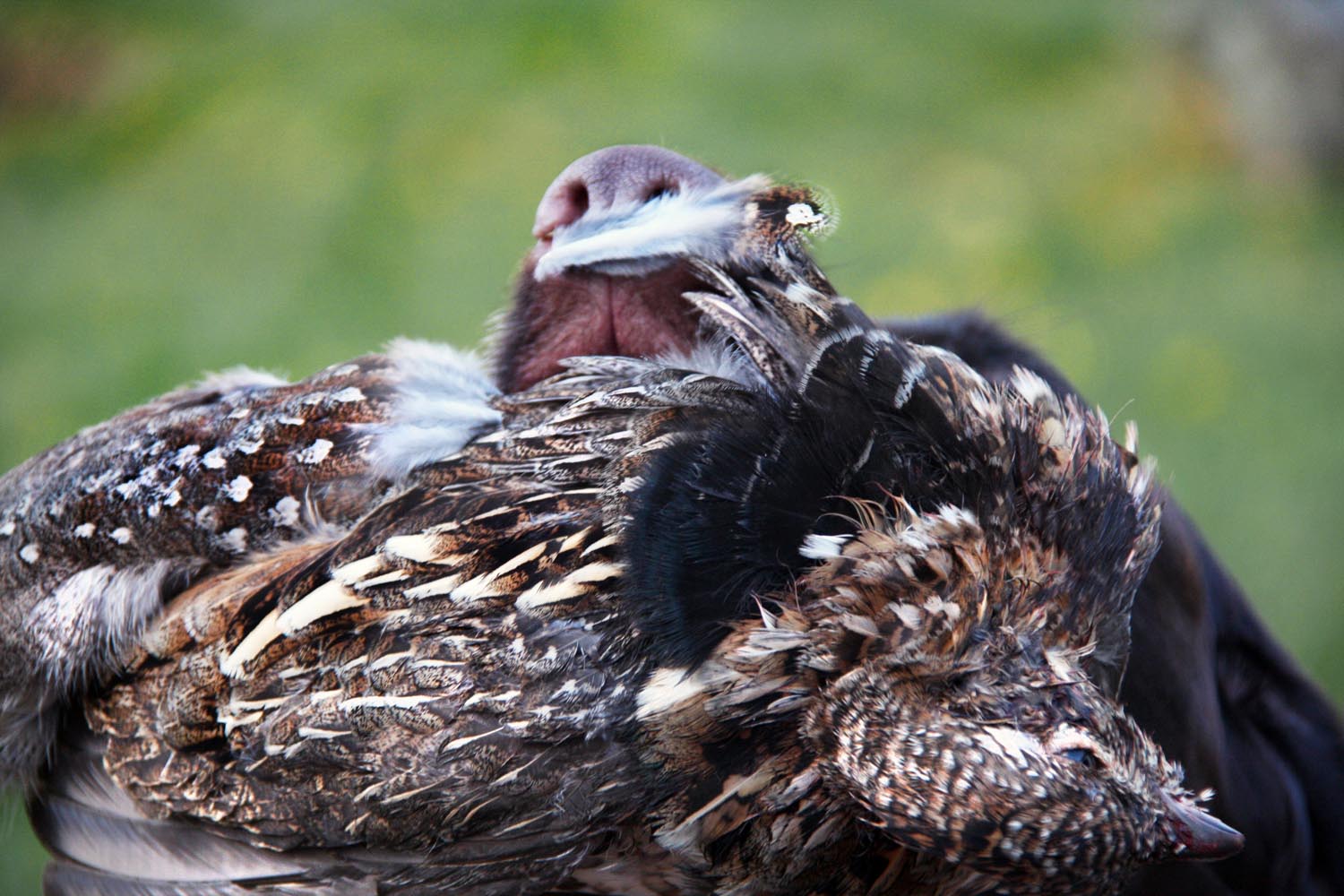
Why the Garmin Sport Pro Is the Best E-Collar for Beginners with Sporting Breed Dogs
If you’re just getting into bird hunting or training your first sporting dog, you’ve probably asked yourself: “What’s the best e-collar for a beginner?” We’ve been there—and our top pick…









